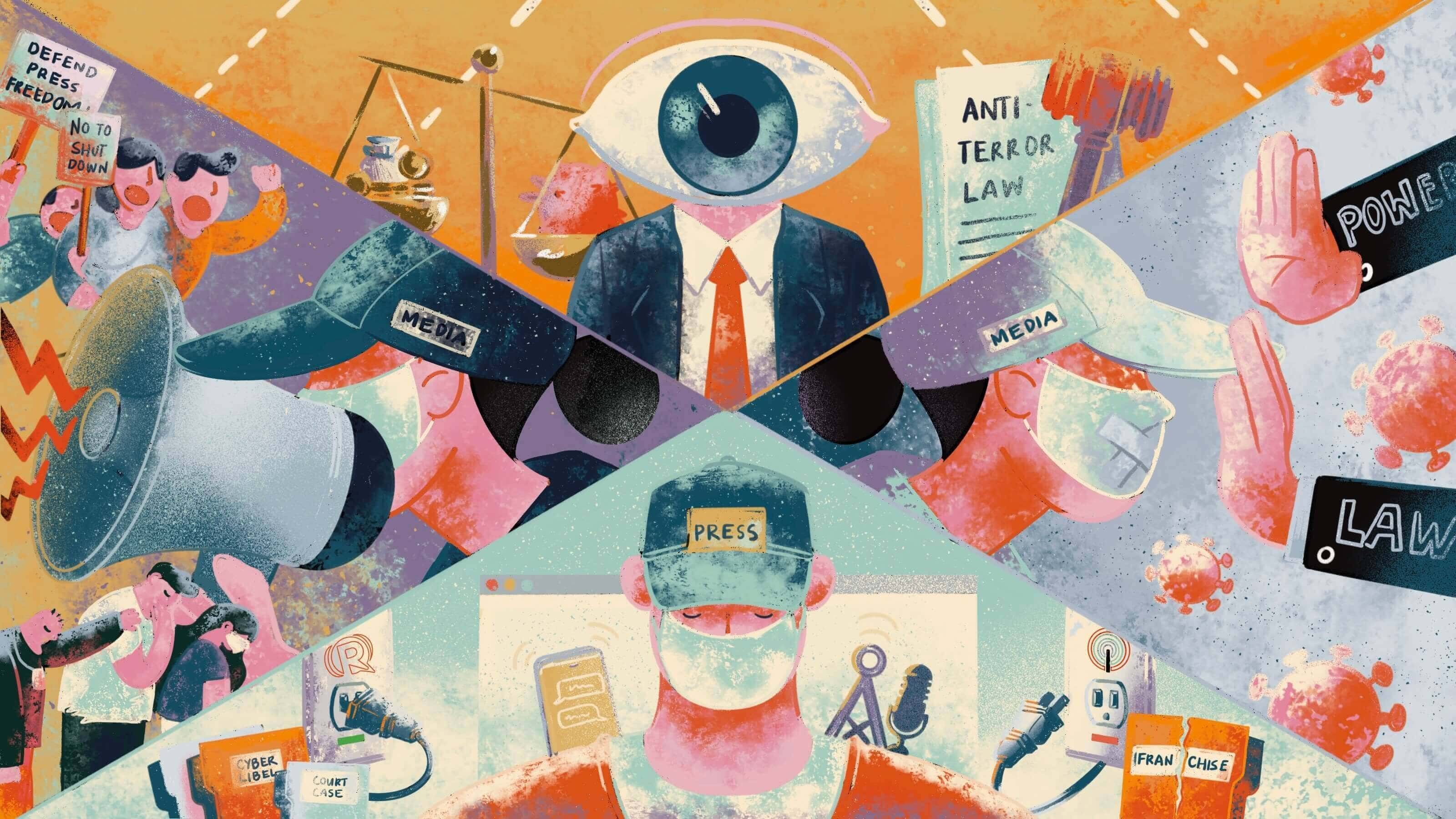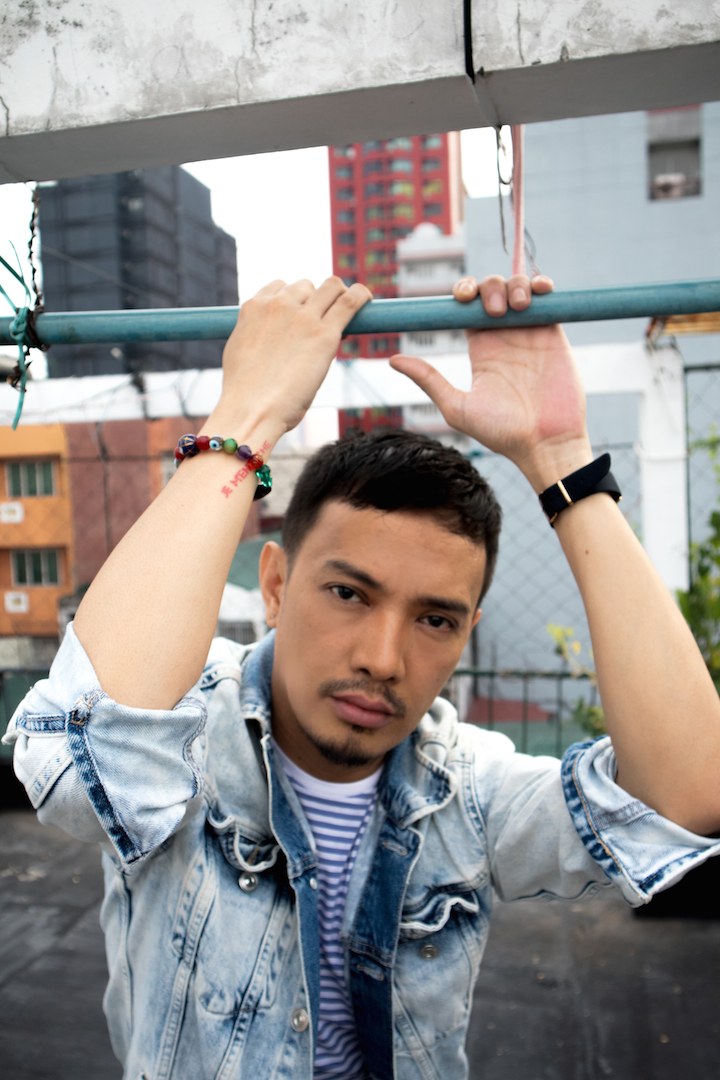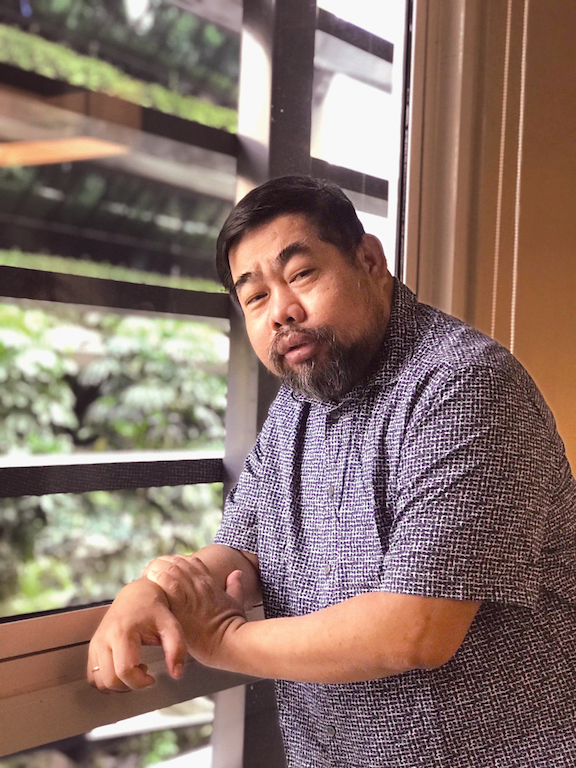In an industry that relied on government departments and businesses being open, and interviewing people face-to-face pre-COVID, covering the news during the pandemic forced news organizations to adapt quickly — or die. It forced editors around the world to create teams in shifts in the newsroom, reporters to get their stories from home, and anchors to broadcast from their living rooms.
As if journalists weren’t dealing with enough problems at the height of the pandemic, news became the story with the closure of ABS-CBN and Rappler’s Maria Ressa’s conviction of cyber libel — both with long-lasting impacts on media and press freedom.
Journalists are facing unprecedented challenges, and not just because of the pandemic. They are also in a rough, rocky place as they balance keeping people informed and keeping themselves safe and healthy. And how they weave through fake news and rapid misinformation –– that have come conveniently at an alarming rate –– is both an art and a covenant to their important role: reporting the truth.
More than anyone else, journalists and photojournalists will get the news to people. They are quick to adapt to get the job done — they do it every day and will continue to do so for as long as it takes.










